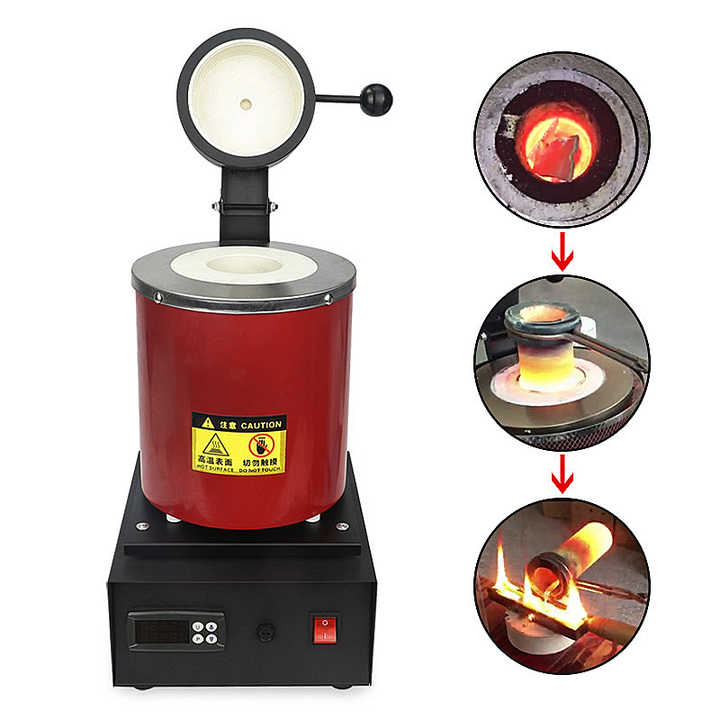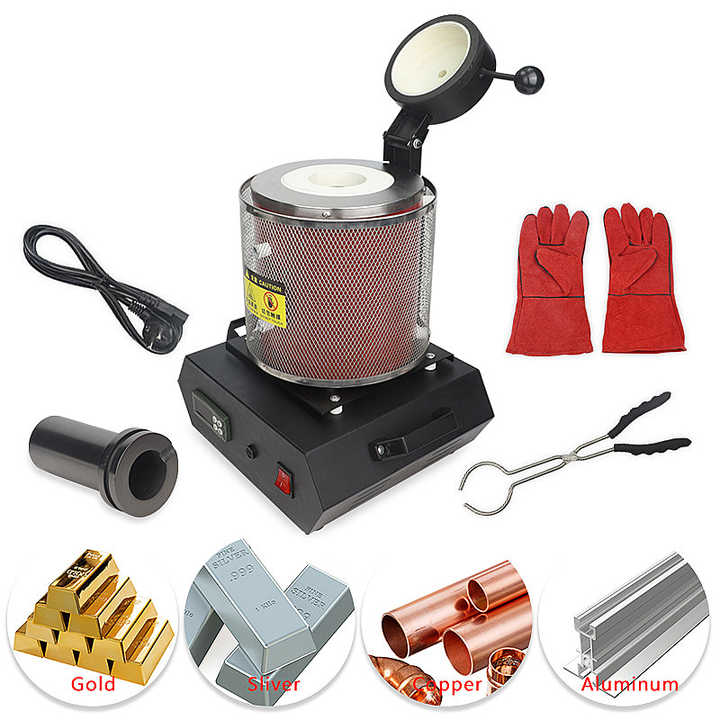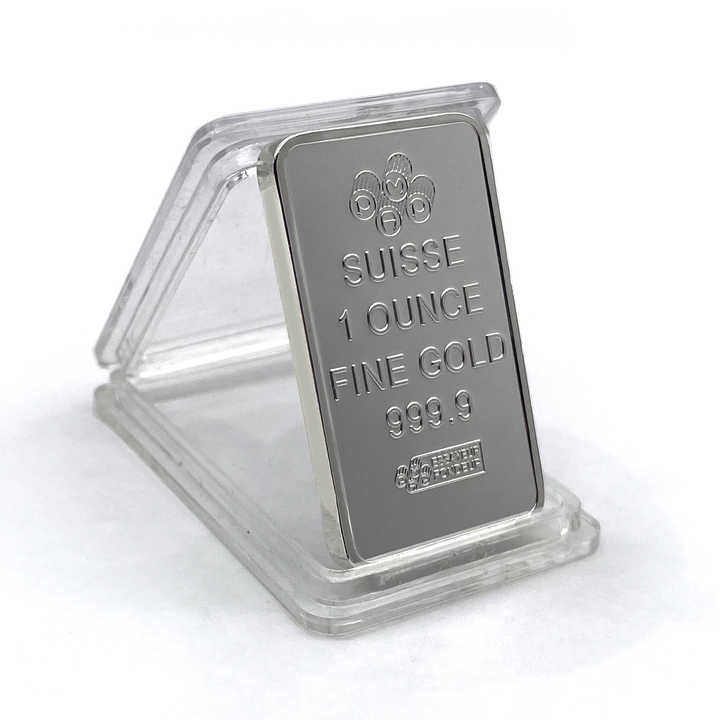can silver be melted in a smelting pot
Can Silver Be Melted in a Smelting Pot?
Smelting is a key process in the extraction and refinement of metals, and silver is no exception. When it comes to smelting silver, one common question arises: can silver be melted in a smelting pot? This article explores the various aspects of melting silver, the equipment used, and the process involved in achieving a successful melt in a smelting pot.
The Basics of Smelting: Can Silver Be Melted in a Smelting Pot?
Silver can indeed be melted in a smelting pot, but it requires specific conditions and equipment to achieve the desired result. A smelting pot, also known as a crucible, is a container made from heat-resistant materials that can withstand the extreme temperatures needed to melt metals like silver. The temperature required to melt silver is approximately 961°C (1,764°F), and with the right setup, a smelting pot can easily handle this.
The key to successfully melting silver in a smelting pot lies in understanding the melting process and the materials involved. The heat source used, the type of smelting pot, and additional chemicals known as flux all play essential roles in achieving a clean, successful melt.


Selecting the Right Smelting Pot for Melting Silver
When asking, “can silver be melted in a smelting pot,” the answer also depends on the type of smelting pot you are using. Not all pots are created equal, and choosing the right material is crucial to avoid contamination and damage.
- Graphite crucibles: These are commonly used for melting silver due to their excellent thermal conductivity and resistance to extreme temperatures. Graphite crucibles are known for providing a clean melt without introducing impurities into the silver.
- Clay crucibles: These are another option, but they may not withstand as high of a temperature as graphite. However, clay crucibles can still be used for small-scale silver melting projects.
- Ceramic crucibles: Ceramic materials can also handle high temperatures and are sometimes used for smelting silver. These are often more durable than clay but may be more expensive.
Choosing the right smelting pot is essential to ensuring that silver can be melted effectively and safely.
The Smelting Process: How Can Silver Be Melted in a Smelting Pot?
Now that we know silver can be melted in a smelting pot, let’s explore the actual smelting process. Melting silver requires a combination of heat, flux, and proper handling to separate impurities from the metal. Here is a general overview of the steps involved:
Heating the Smelting Pot
First, you need to heat the smelting pot to a high temperature. Using a furnace or a propane torch, the pot must be heated to at least 961°C (1,764°F) to melt silver. It’s important to monitor the temperature carefully, as too much heat can damage the smelting pot or cause excessive oxidation of the silver.
Adding Flux to the Silver
Flux is a substance added to the silver ore or scrap before heating it in the smelting pot. The role of flux is to help remove impurities from the metal, forming a separate layer of slag on the surface. Common fluxes used in smelting silver include borax and soda ash, which lower the melting point of impurities, making it easier to separate them from the molten silver.
Melting the Silver
Once the smelting pot reaches the right temperature, the silver begins to melt. This is the stage where flux combines with impurities to form slag, leaving behind molten silver at the bottom of the smelting pot. The slag can then be skimmed off, leaving purer silver in its place.
Pouring the Molten Silver
Once the silver has fully melted and impurities have been removed, it is ready to be poured. Using heat-resistant gloves and tongs, carefully remove the smelting pot from the heat source and pour the molten silver into molds. These molds can be used to create ingots, jewelry, or other silver items.
Advantages of Melting Silver in a Smelting Pot
The process of melting silver in a smelting pot offers several advantages, especially for hobbyists or small-scale operations. Here are a few reasons why using a smelting pot is an effective way to melt silver:
- Affordability: Compared to industrial furnaces, a smelting pot and furnace setup is relatively inexpensive and accessible for hobbyists and small-scale refiners.
- Versatility: Smelting pots can handle a variety of metals, not just silver. This makes them useful for those interested in working with multiple types of metal.
- Control: The small size of the smelting pot allows for better control over the melting process, ensuring that silver can be melted at the correct temperature without overheating or oxidation.
These benefits make smelting pots a popular choice for those looking to melt silver at home or in small workshops.
Challenges of Melting Silver in a Smelting Pot
While the answer to “can silver be melted in a smelting pot” is yes, there are a few challenges to keep in mind:
- Temperature control: Maintaining the right temperature is essential to avoid overheating or underheating the silver. Too much heat can damage the smelting pot or degrade the quality of the silver.
- Impurity removal: Using the correct amount of flux and removing impurities efficiently is crucial to producing high-quality silver.
- Safety concerns: Working with molten silver and high temperatures requires strict safety precautions, including wearing protective gear and ensuring proper ventilation to avoid inhaling fumes.
Understanding these challenges helps ensure that the smelting process is carried out effectively and safely.
Can Scrap Silver Be Melted in a Smelting Pot?
Many people wonder whether scrap silver, such as old jewelry or silverware, can be melted in a smelting pot. The answer is yes. Scrap silver can be melted in the same way as silver ore. The process of adding flux, heating the pot, and pouring the molten silver remains the same.
However, when melting scrap silver, it’s important to be aware of other metals or alloys that may be present. Silver is often mixed with other metals, such as copper, in sterling silver items. If you want pure silver, you may need to refine it further after melting.
So, can silver be melted in a smelting pot? The answer is a definite yes. With the right equipment, including a suitable smelting pot and proper heat source, you can melt silver at home or in small-scale operations. The key lies in selecting the right materials, controlling the temperature, and ensuring that impurities are effectively removed. By following the correct steps, you can achieve a successful and safe silver melt, turning raw ore or scrap into valuable, usable metal.















